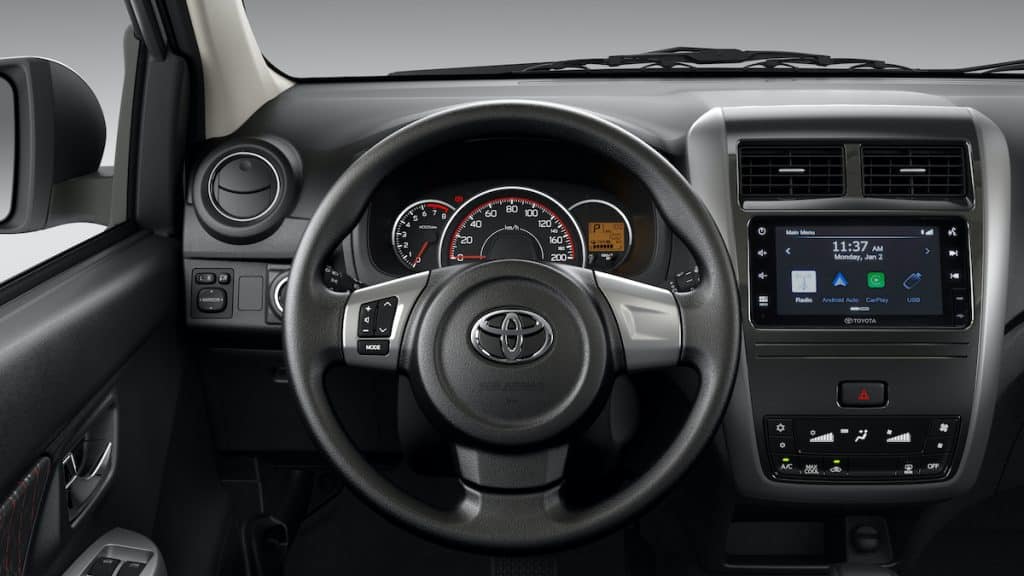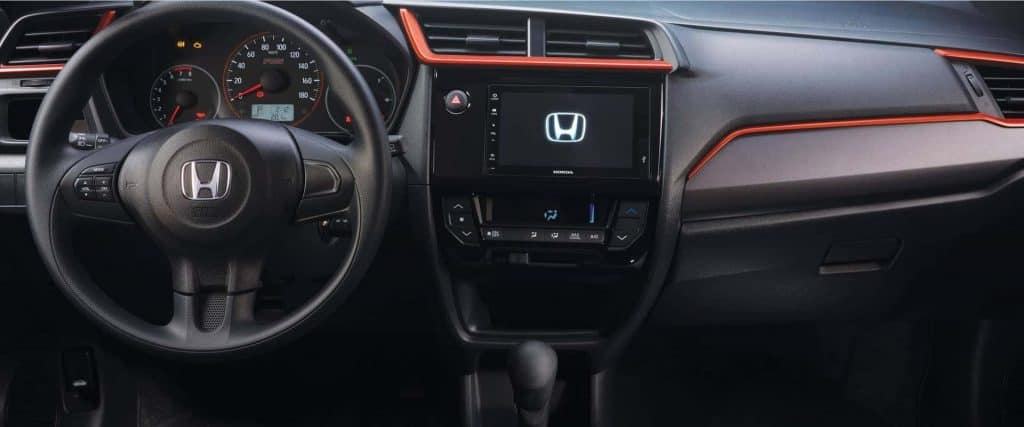When Honda Cars Philippines Inc. (HCPI) launched the revamped Brio last year, one of the major things that caught my attention wasn’t the model-first Black Top RS variant and Phoenix Orange Pearl color option. It was actually the Carnival Yellow Brio that piqued my interest, which was another first for Honda, offering a small yellow hatchback.
To be honest, I’m not really fond of yellow cars – unless, of course, when it’s an Aventador, but that’s a different story – maybe because the color reminds me of taxis. But this one’s different; the yellow shade on the Brio definitely increases its appeal, much more so in RS trim that’s fitted with a body kit and blacked-out grille. Yes, I hate chrome, and I believe I’m not alone with this notion.
Now, the Honda Brio isn’t alone in having a yellow color option anymore. Sure, the Kia Picanto once had a pale yellow option, but that isn’t comparable to bright the yellow finish on the Brio. This week, however, Toyota Motor Philippines launched the Wigo with a Yellow SE paint choice, albeit exclusively for the TRD S trim.
And you know what this means – it’s time for a very yellow comparo between the two.

Exterior
Unfortunately, we don’t have photos of the Brio RS in this color variant, but for the purpose of this comparison, here’s the Brio in its RS Blacktop trim. Just imagine it in yellow.

Okay, so, you’ve seen both cars in photos in their respective trim comparisons. Which one looks better? Since beauty is subjective, I’ll let you be the judge of that. But if I were to indulge you with my opinion, I like the front of the Brio more than the Wigo TRD—but the back of the Toyota wins in my book because of those Tetris-like LED taillamps that add more character to the rear end. Wheels, on the other hand, goes to the Brio with its bigger set of 15-inch wheels that complement the RS variant’s sporty look.
As for size, the Wigo TRD is longer than its normal counterparts but it’s still shorter than the Brio by 4.5 inches. The Honda hatchback is also wider, but Toyota upends the Brio with a longer wheelbase for the Wigo.
Interestingly, the Wigo rides higher from the tarmac with 180mm of ground clearance, which is actually quite high for a mini hatchback (it’s even higher than some crossover like the Kona). This puts the Brio to advantage with its 137mm ground clearance, which should translate to a lower center of gravity and better handling, but more on that later.
Interior
As expected at this price point, both Japanese hatchbacks have sturdy plastics in their cabins. Both have given their seats with a bit of pizzazz through orange stitches and other accents. Aesthetically, even with the recent update on the Wigo, the Brio RS still takes the cake for the better execution of plastics in the cabin.

Space-wise, the difference between the two is marginal. The cabin is just enough to accommodate four full-grown adults; five would be a squeeze. The trunk, on the other hand, is pretty much the same for both – measly space by default but can be maximized by folding the rear backrests.
Technology & Safety
The 2020 Wigo and the Brio are almost on equal footing when it comes to tech and safety. Both have power windows, power-adjustable side mirrors, dual airbags, and ABS, while most displays within the cabin are digital, including the manual climate control system and the huge touchscreen infotainment system. Toyota has the advantage, however, as the TRD S variant comes with Apple CarPlay and Android Auto – smartphone mirroring apps that aren’t present in the Brio.

The new Wigo also gets a push start/stop button, but the Brio gets the upper hand with its six-speaker system. The clincher, however, is with the reverse parking sensors and camera that’s standard with the whole Wigo lineup (except the base E MT that doesn’t have the rear camera). The TRD S also comes standard with a dashboard camera.
Engine & Performance
As this is just a facelift, the 2020 Wigo has pretty much with the same underpinnings as before, which means it’s still powered by a 1.0-liter three-cylinder engine that makes 65hp and 89Nm of torque, mated to a traditional four-speed auto gearbox. This engine is tried and tested, just enough to pull a Wigo’s weight. Yes, even to Baguio, but it can be challenging when fully-loaded.
In comparison to the Brio, the Honda hatchback has a clear-cut advantage in terms of power output and handling. Based on my experience in driving both, the Brio’s 89hp and 110Nm torque proved to be quite handy in terms of performance despite being connected to a CVT. The latter’s quite an advantage in terms of fuel economy, as well.
The Brio has a tighter turning radius, too, plus it has more road feedback than the Wigo. I haven’t driven the new model just yet, but without substantial updates underneath, I’m not expecting any improvement to its handling at all.
Conclusion
It all comes down to price. The 2020 Toyota Wigo in its top-spec TRD S variant has a sticker price of P700,000. On the other hand, the Honda Brio in RS flavor is pricier at P730,000 – add P5,000 to that if you want a black roof.
You’re pretty much paying for the more powerful engine in the Brio and better road manners. However, the Wigo isn’t a bad proposition at all. Armed with an updated design plus added tech niceties, it’s now a question of whether you’re willing to sacrifice engine performance in exchange for those mundane conveniences.
In the end, whether you go for the Wigo or the Brio, you’ll pretty much end up with a car that will brighten up your day, especially if you’ll go for the sunny yellow paint job.

